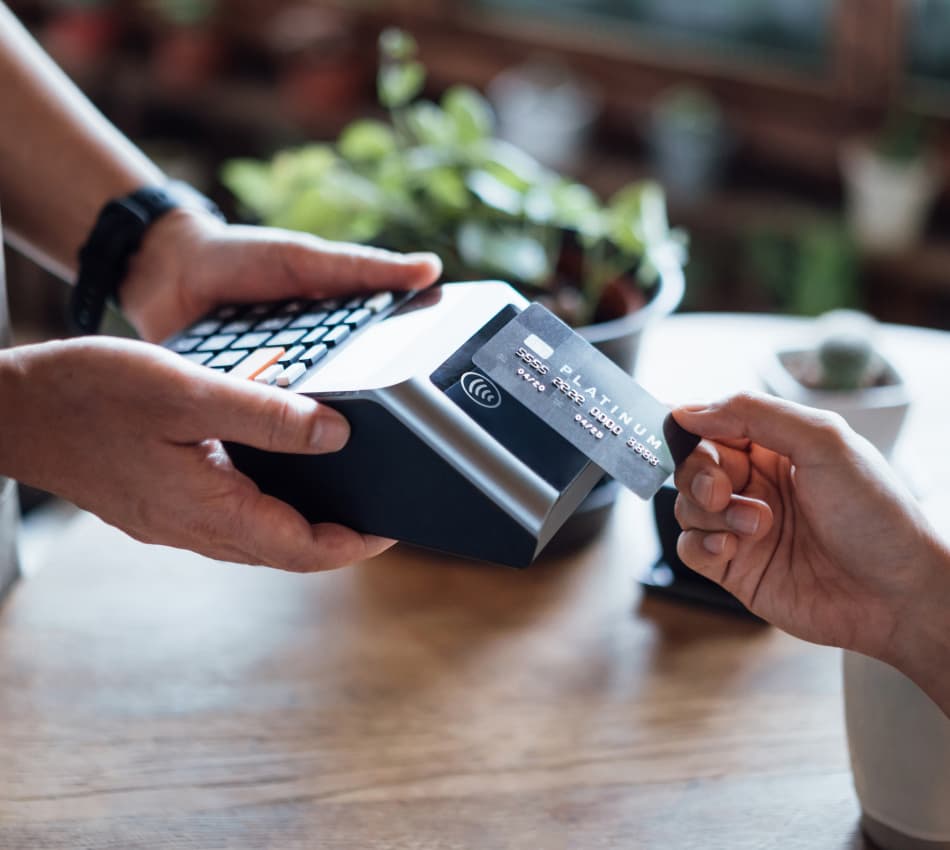A business debit card gives your business a convenient way to pay for goods and services. Some small business owners even prefer debit over a credit card because the transaction happens instantly—there’s no waiting for a check to clear or payments due on a credit card bill at the end of the month. There are also no interest payments. The downside, however, is the possibility of debit card fraud. Thankfully, there are ways to detect debit card fraud and prevent it from happening in the first place.
What does debit card fraud look like?
The most obvious example of debit card fraud is someone stealing your physical debit card and using it to make purchases or bank withdrawals. They’ll need a PIN to withdraw money from your account, but many merchants don’t bother looking at the card or asking for ID when patrons make in-store purchases. Sadly, you may not know your card has been stolen until it’s too late.
Another form of debit card fraud is employees using the company debit card for personal expenses. These can be easily disguised, particularly if those purchases are at stores and websites the company normally does business with. This type of fraud can often go undetected for years.
What is skimming?
Skimming is a more sinister form of debit card fraud that can be highly sophisticated. Your debit card can be “skimmed” at shops, restaurants, or even ATM machines without your knowledge. The thieves use an electronic device called a “skimmer” that reads your card information from the magnetic strip when you swipe it. EMV chip cards were developed to prevent this type of fraud.
Warning signs of debit card fraud
Businesses with minimal cost controls will have difficulty detecting debit card fraud. Those with vigilant bookkeeping and accounts payable departments will not. The key to debit card fraud protection is to pay attention to cash outflows and examine any questionable transactions. Look for suspicious charges, withdrawals at places you haven’t been, and bounced payments. Your bank may be able to help with this by flagging anything that doesn’t look right.
How to report debit card fraud
Debit card transactions cannot be canceled the same way that credit card transactions can. Unfortunately, debit card transactions are withdrawn directly from your bank account. Contact your bank right away when you see a suspicious or fraudulent charge. Timing is critical to prevent loss. Be sure to have all the details of the fraudulent transaction(s) available when you make the call.
Ways to help prevent debit card fraud
Debit card fraud is preventable if the account holder is vigilant and the bank has the technology to help you detect it. Here are some steps you can take to make sure your business does not fall prey to those who practice debit card fraud.
1. Choose the right business checking account
All banks and account providers are not created equal. Make sure your business checking account offers security features like multi-factor authentication and alerts for suspicious activity. You’ll also want a mobile app that allows you to instantly lock your business debit card from your phone. Ask about these features before you open your account.
2. Check your account regularly
Vigilance is the key to preventing debit card fraud. Don’t always expect your bank to catch it and don’t rely exclusively on security features. Reviewing your debit card transactions daily can help you spot fraud and may even give you some insight into wasteful spending that can be eliminated. Make sure your business checking account gives you the capability to do this.
3. Memorize your PIN
Don’t write your PIN down and attempt to store it in a safe place. Your wallet can be stolen, and identity thieves know to look under desk drawers and table lamps. Online storage or putting it into your phone contacts isn’t 100% safe either. The only way to ensure your PIN is secure is to memorize it and not share it with anyone.
4. Beware of phishing scams
Unfortunately, phishing attacks are very common. You may have one in your email inbox or spam folder right now. Phishing scams are easily recognizable because the sender typically asks you to click on a link. That can happen with an SMS text message, too. Remember never to click a link from a sender you don’t recognize or trust, even if you think the company sending the link is legitimate. You should also be careful not to provide any banking information over the phone. Your bank will never call you directly to ask for specific information.
5. Avoid using your debit card at unfamiliar locations
If you’re making a business purchase somewhere you don’t typically visit, consider using another payment method that gives you more protection against fraud. For example, it can be a good idea to make some purchases and pay new vendors with a business credit card. Credit card transactions can be reversed, but debit card transactions cannot.
